Why are so few housing developments in Woolwich, Greenwich and elsewhere being built?
In recent days planning reform is in the news as Housing Secretary Robert Jenrick announces plans to speed up building.
Much of the changes appear to be pro-developer in nature amid claims the planning system is too complex and prevents building, but does it?
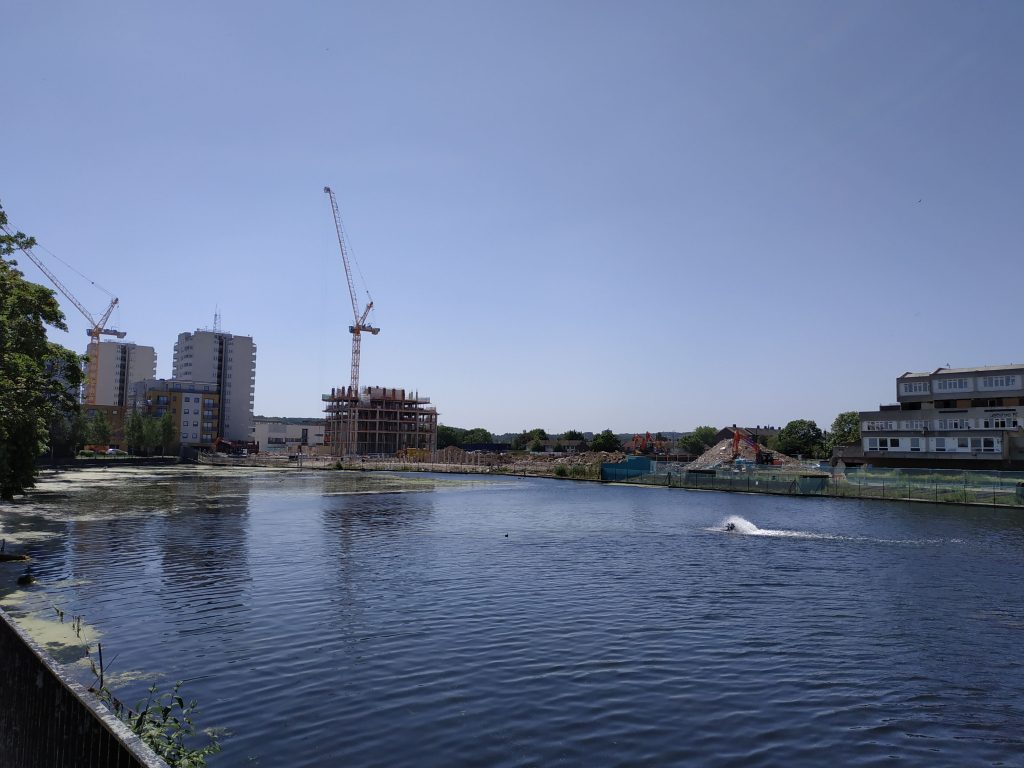
Across south east London a huge number of sites lay empty. Developers have either never brought forward an application, have done so and never proceeded or did so after many years and only now getting round to it – often in small chunks on part of an overall site.
More widely the planning system has approved far more homes than are being built, suggesting the problem is elsewhere.
Let’s take a look at some sites:
Woolwich
The first plot that springs to mind is a large amount of land in the town centre around the DLR station which opened 11 years ago. I wrote about it in 2014 alongside Spray Street plans. TfL and Oakmayne signed a deal to build way back in July 2009. Nothing has happened.
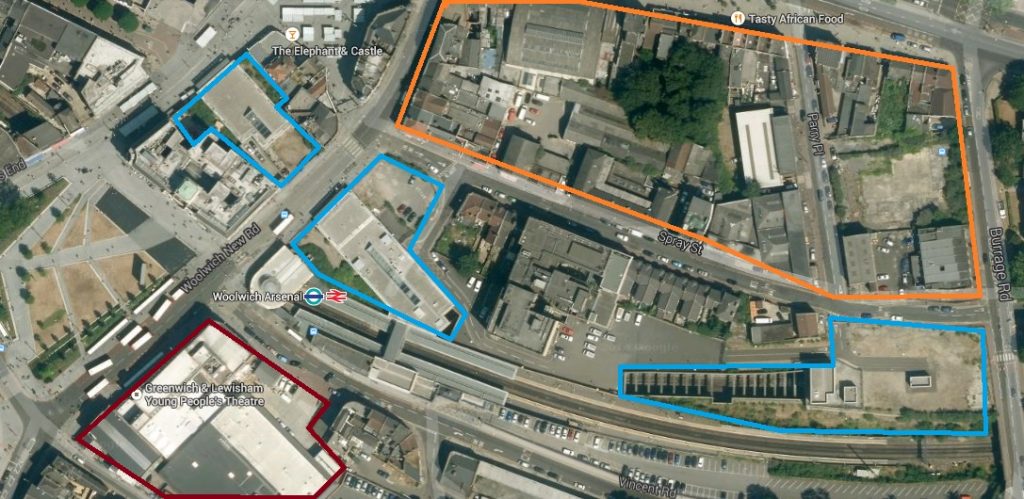
In 2009 TfL stated:
“Under the terms of the joint venture Oakmayne will be responsible for gaining planning permission for the sites and the delivery of the development whilst TfL will remain landowners.
On completion, the properties will be sold and any profit from the sale split between the two parties.
All funds received by Transport for London will be invested in improving and expanding London’s transport network.”
Royal Arsenal
There’s a fair amount of land unbuilt 26 years after the MOD vacated. Berkeley Homes have built at a steady pace at best.
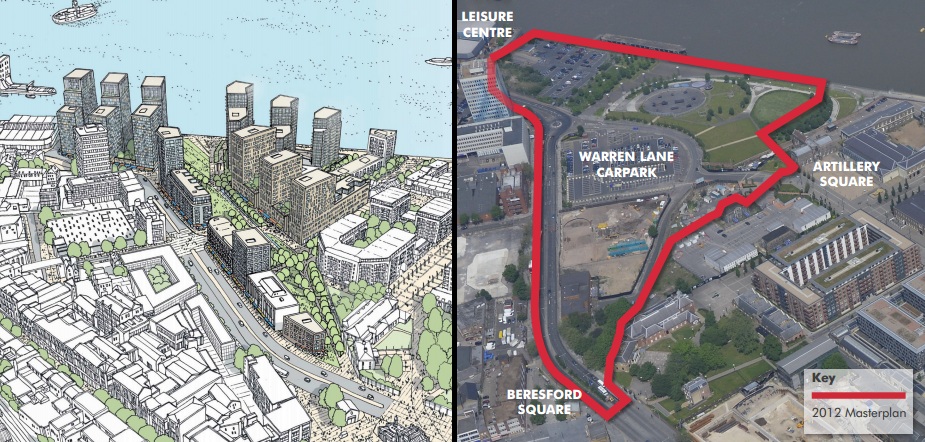
Two towers of an eventual six are rising on the former Waterfront car park. Will work proceed on the next four? It will be some years before other plots proceed. Full build-out is likely to take 20-30 years.
Catholic Club
No progress over the past four years at this site adjacent to the Arsenal. The old club is crumbling away. 68 flats were/are planned.
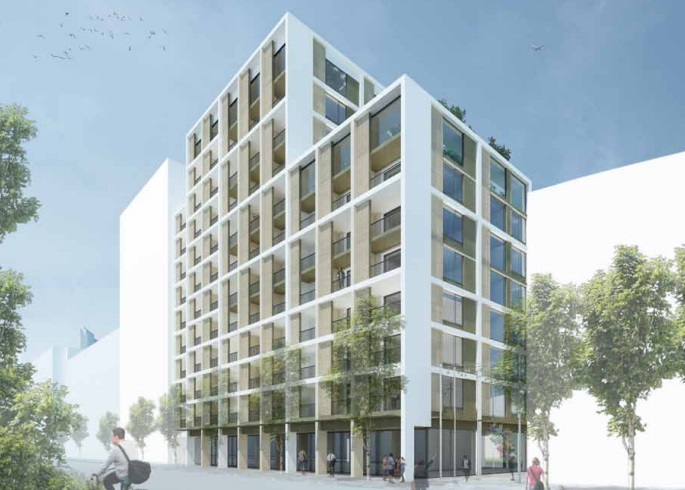
Morris Walk estate.
The process of rebuilding estates begun 13 years ago in 2007. An agreement was signed between Greenwich Council and Lovell seven years ago. Only now is demolition underway at Morris Walk. Part of One Woolwich scheme of 1,500 homes.
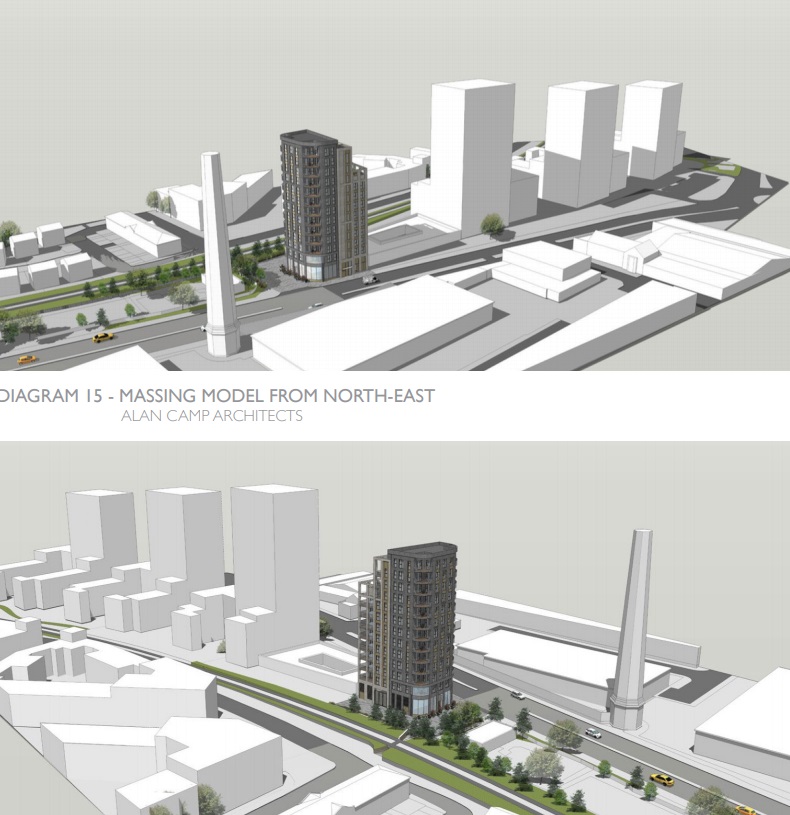
Island Site

Plans revealed four years ago for this plot in the town centre and covered here. Nothing appears imminent with buildings on site still occupied. 310 homes.
Mast Quay
This site beside the ferry has been empty for over 10 years. Some small scale work now ongoing but not confirmed a structure will rise.
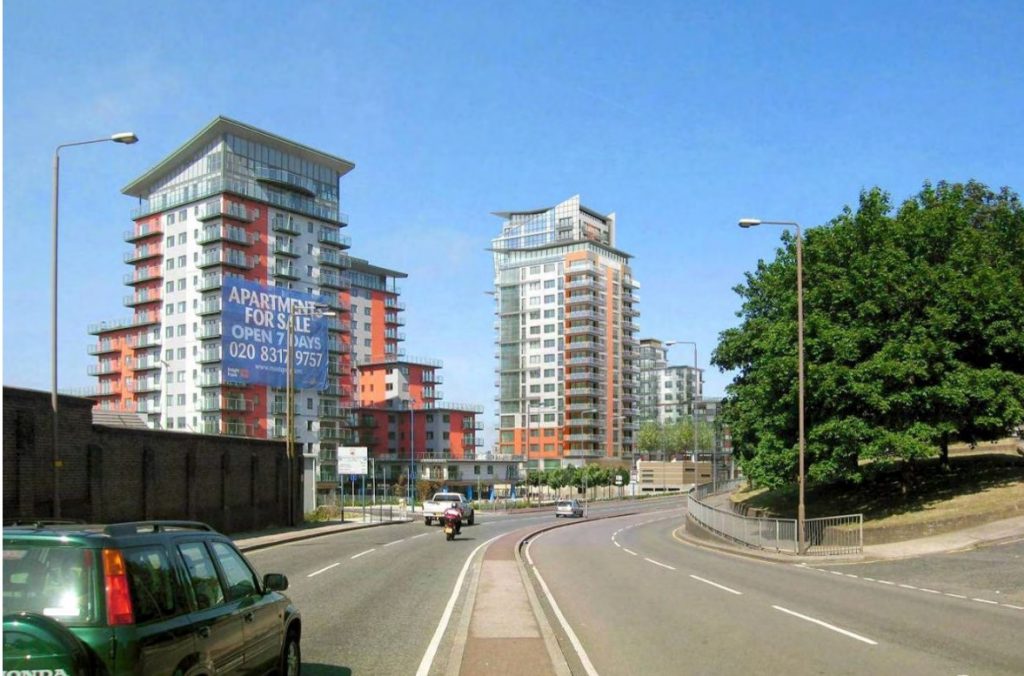
Albion pub site
Five years and counting.
Greenwich
Greenwich Millennium Village. First stage opened 21 years ago. Not expected to complete until 2030. 31 years to complete.
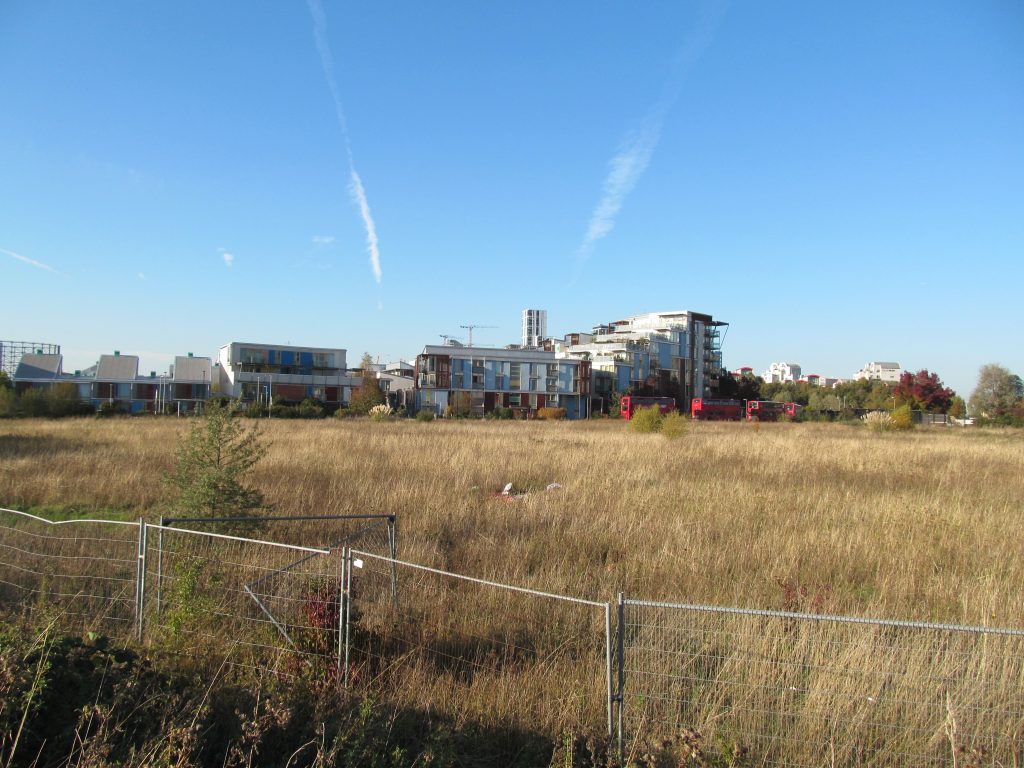
Masterplan long approved. Individual plots now slowly applied for and built.
Knight Dragon land across much of the Peninsula. Much vacant land remains and has done for decades.
In 2015 they secured an increase in homes across the masterplan to 15,720. They’ve pretty much entirely stopped building since then despite securing a further increase in homes up to 18,000+.
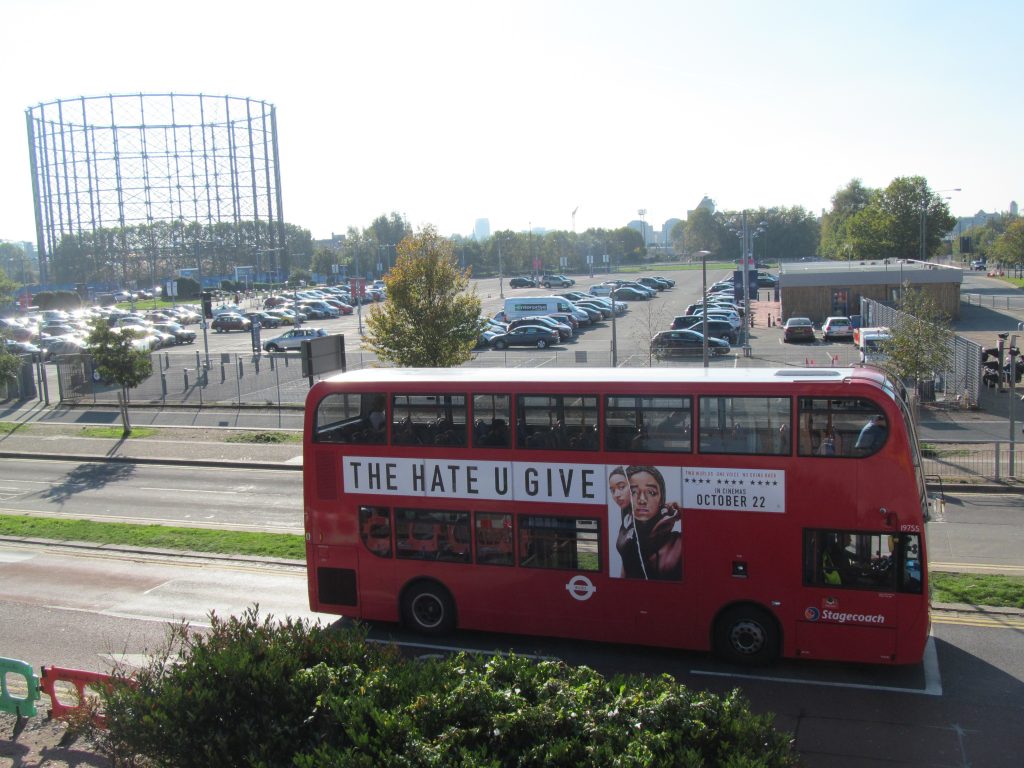
Plots such as 18.02, 18.03 and 19.04 and 19.05 were due to complete in 2019. They never started.
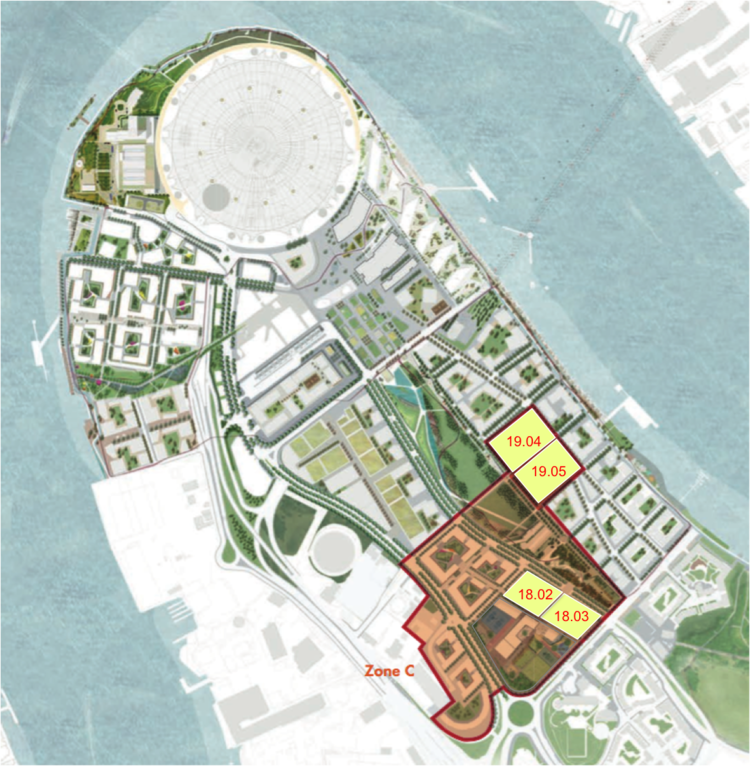
Knight Dragon secured planning approval for 642 homes in March 2017. Plans were later scrapped.
Morden Wharf. Purchased by Cathedral (later to become U&I) eight years ago in 2012. They announced plans in July 2013 for a masterplan to be drawn up.
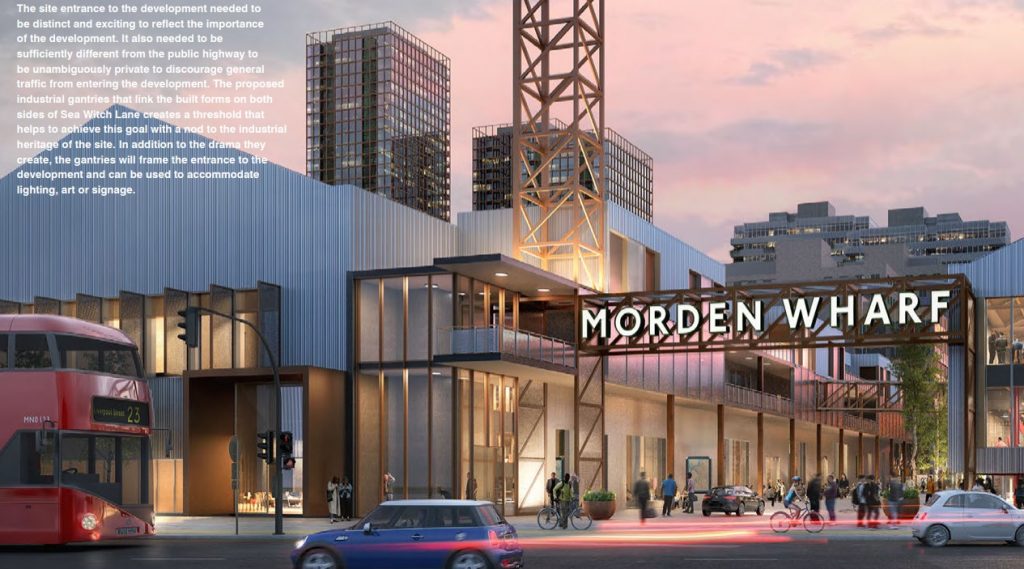
Nothing appeared. Only now are they submitting plans. A long, drawn out build is proposed. 1,500+ homes planned.
Other sites appear to be going nowhere such as the former Arches leisure centre.

Abbey Wood
Cross Quarter – Approved seven years ago with construction on Sainsbury’s underway six years ago. Nothing has happened with adjacent housing plots despite detailed planning approval for a tower on part of the site three years ago. 500+ homes.
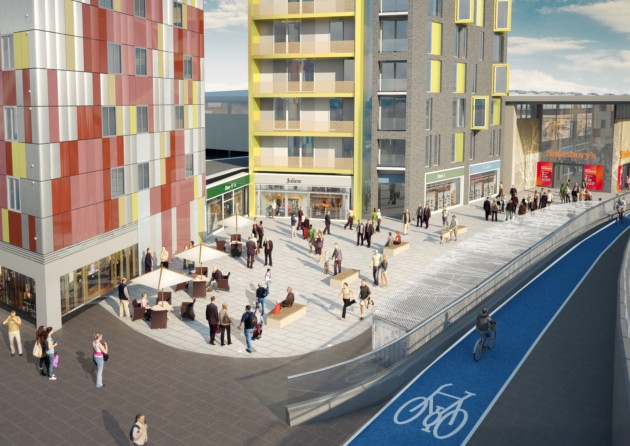
Eynsham Drive blocks. Submitted in 2018 and later approved. Existing car wash still trading. No sign of any progress. 272 homes.
Thamesmead
A whole range across the town as Peabody move forward extremely slowly. Housing Zone status was the next big thing in 2014. It’s done little to speed up plans.
Six years on and no building at numerous sites including West Thamesmead Gateway where 1,800 homes are planned between Peabody and Berkeley Homes. After six years just 66 out of thousands of announced homes have completed.

Lewisham
Legal and General plan 536 homes on a retail park site in Lewisham which I was covering four and a half years ago. No sign of any progress.
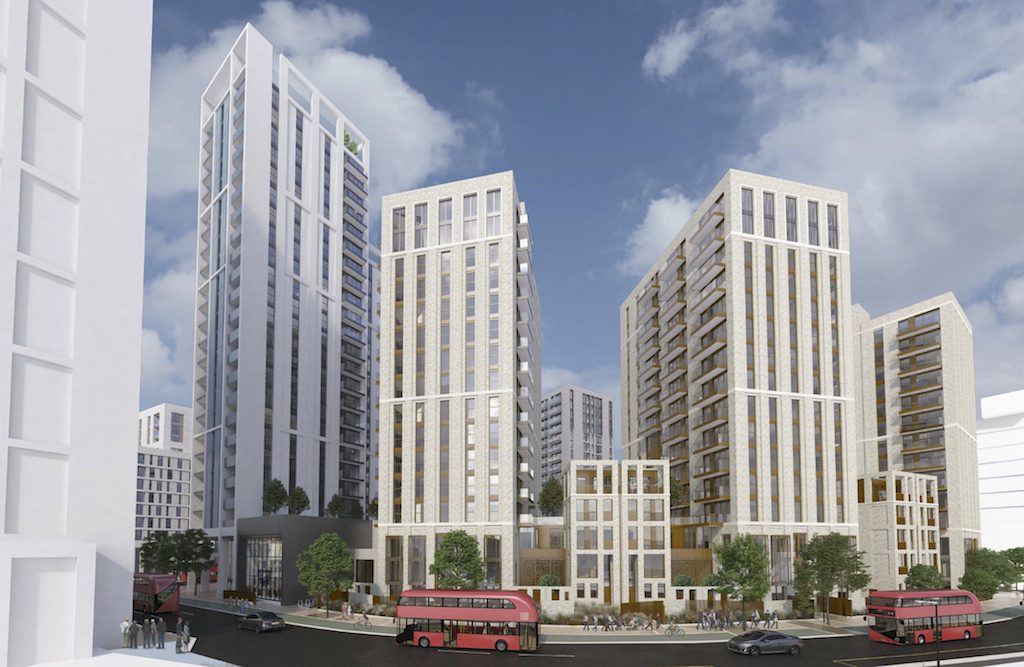
Deptford
Convoys Wharf
Famously called in by Boris Johnson when Mayor to “speed up building” it is still empty many years on after developers were given approval for a site-wide masterplan. Deptford Dame was covering this back in 2013. 3,500+ homes.
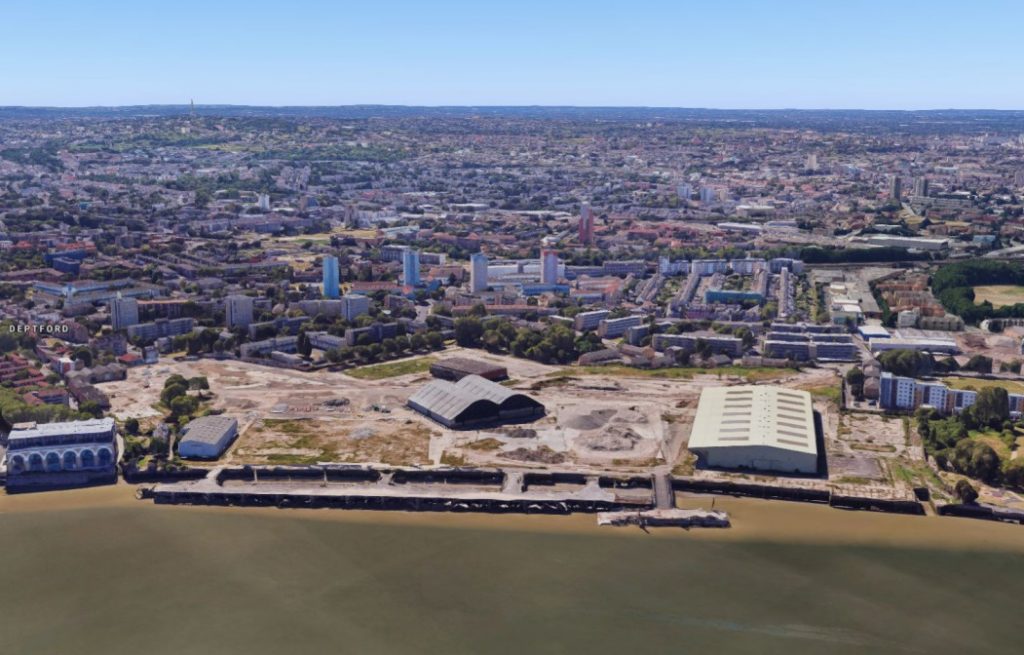
A small plot has been brought forward. Nothing has started.
Timberyard
Many years vacant. Developers insisted Lewisham Council compulsory purchase parts of the site to proceed. Built one small section after years of waiting and have apparently now stopped. 1,700 homes.
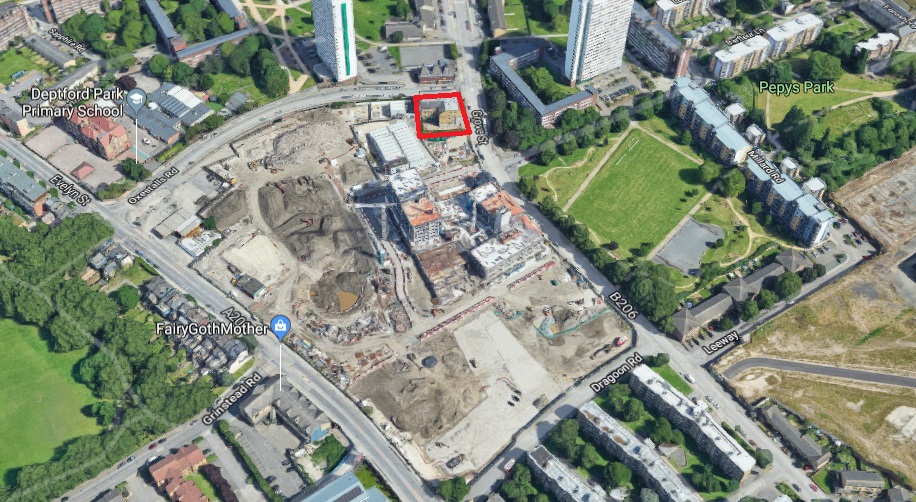
Kidbrooke
Kidbrooke Village has been under construction for around a decade now and still vast tracts of land lay empty particularly to the north west of the site where no plans at Phase 6 are even on the drawing board.

Berkeley Homes have met resistance at times as they continually attempt to increase overall housing numbers – while failing to build on large plots of land. This is another time that has a slow build-out rate which could end up at 20 years for 5,000+ homes.
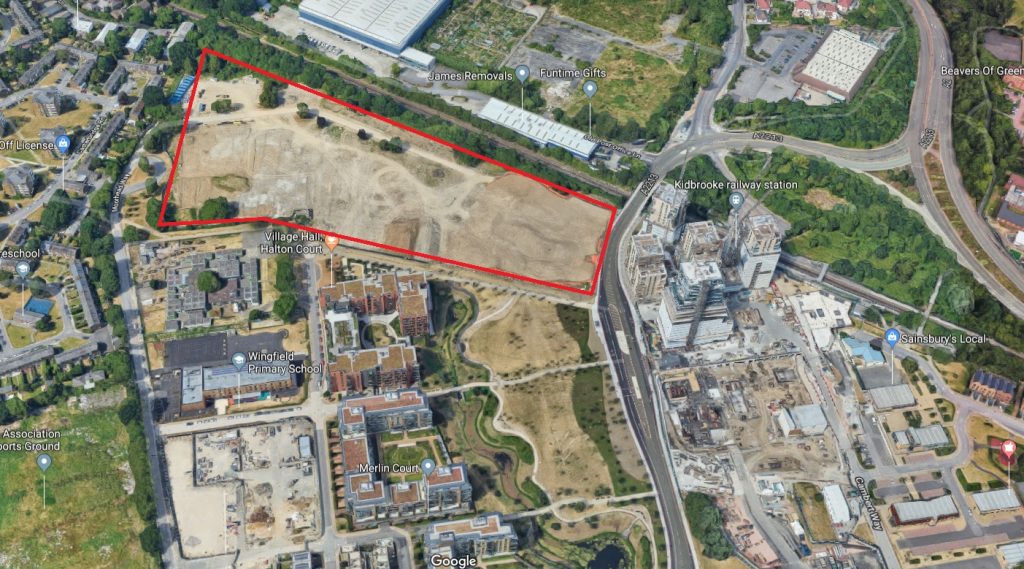
I could go on and on looking at various plots just in SE London. Erith for example has the quarry site which five years ago had outline permission for 600 homes. Five years on and a fraction have been built. Developers have been slow to bring detailed plans forward.
In all these cases it’s not the planning system at fault. Developers have sat on the land in many instances – but instead of addressing that Housing Secretary Robert Jenkins is going further with action to benefit developers.
Why will developers speed up and address the housing shortage? They never have at any time dating back many decades. It’s extremely difficult to think they will even if given more and more powers. And even if they do build, what percentage will actually be affordable? Developers play the “viability” card despite ever increasing margins and overall profit totals aided by previous government support.
The only times the UK met demand was when the state supplemented rather than replace the private sector such as the 1930s and 1950s under National Government of the 1930s and 1950s under Churchill and MacMillan. Local Government also had the ability to build en masse. We are far removed from those times.
- Support the site to ensure more daily news and issues covered by clicking at either Patreon or Ko-Fi
- There is also now a From The Murky Depths Facebook page. Click here to follow and see stories on your Facebook feed.
Running a site alone takes time and a fair bit of money. Adverts are far from enough to cover it and my living costs as a private renter.
You can support me including via Paypal here Another option is via Patreon by clicking here You can also buy me a beer/coffee at Ko-fi here There's also a Facebook page for the site here Many thanks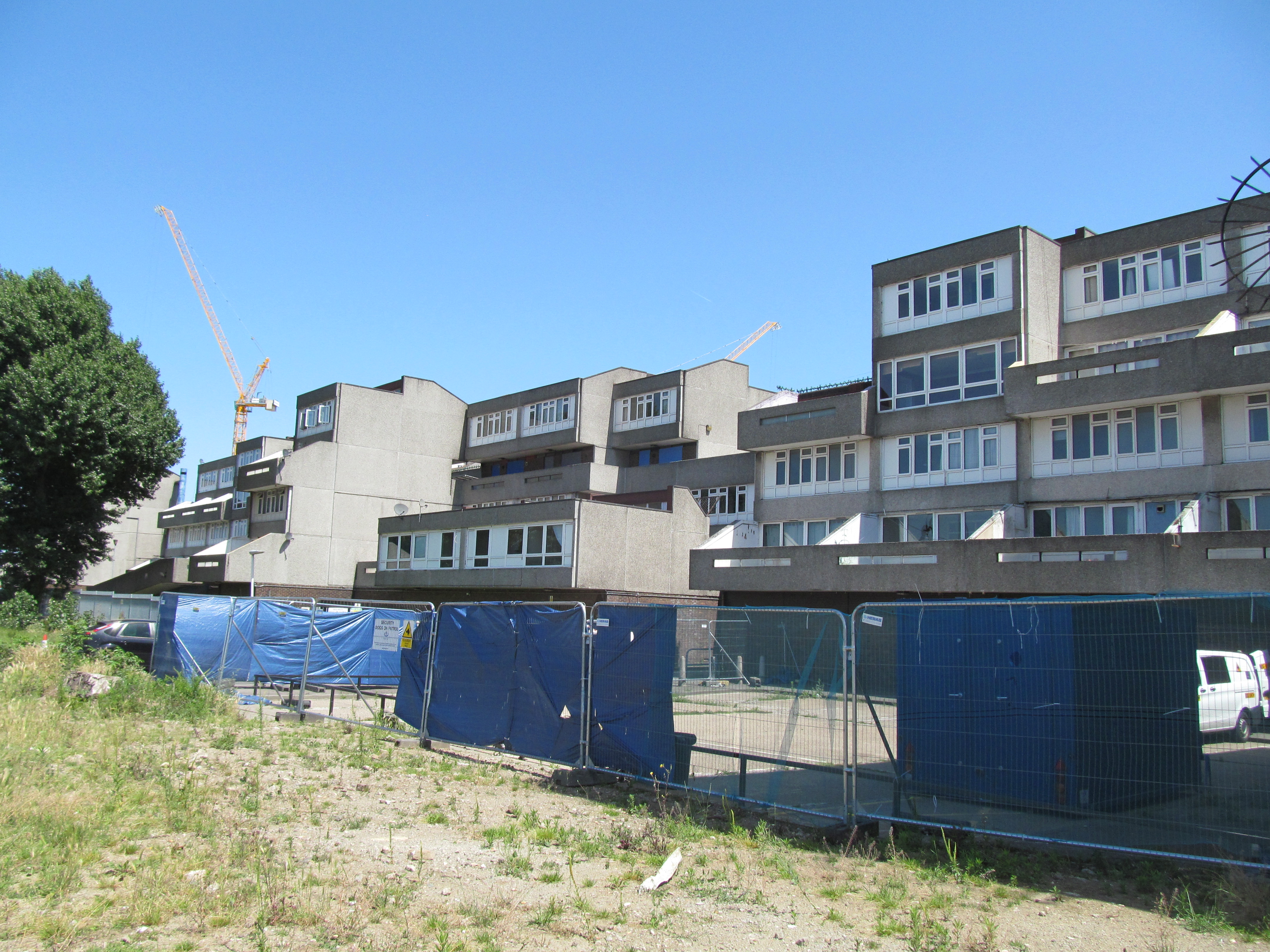
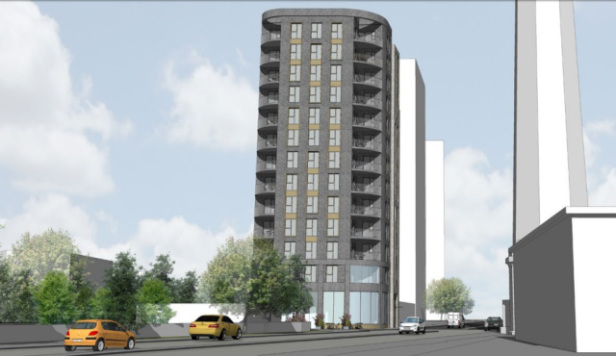
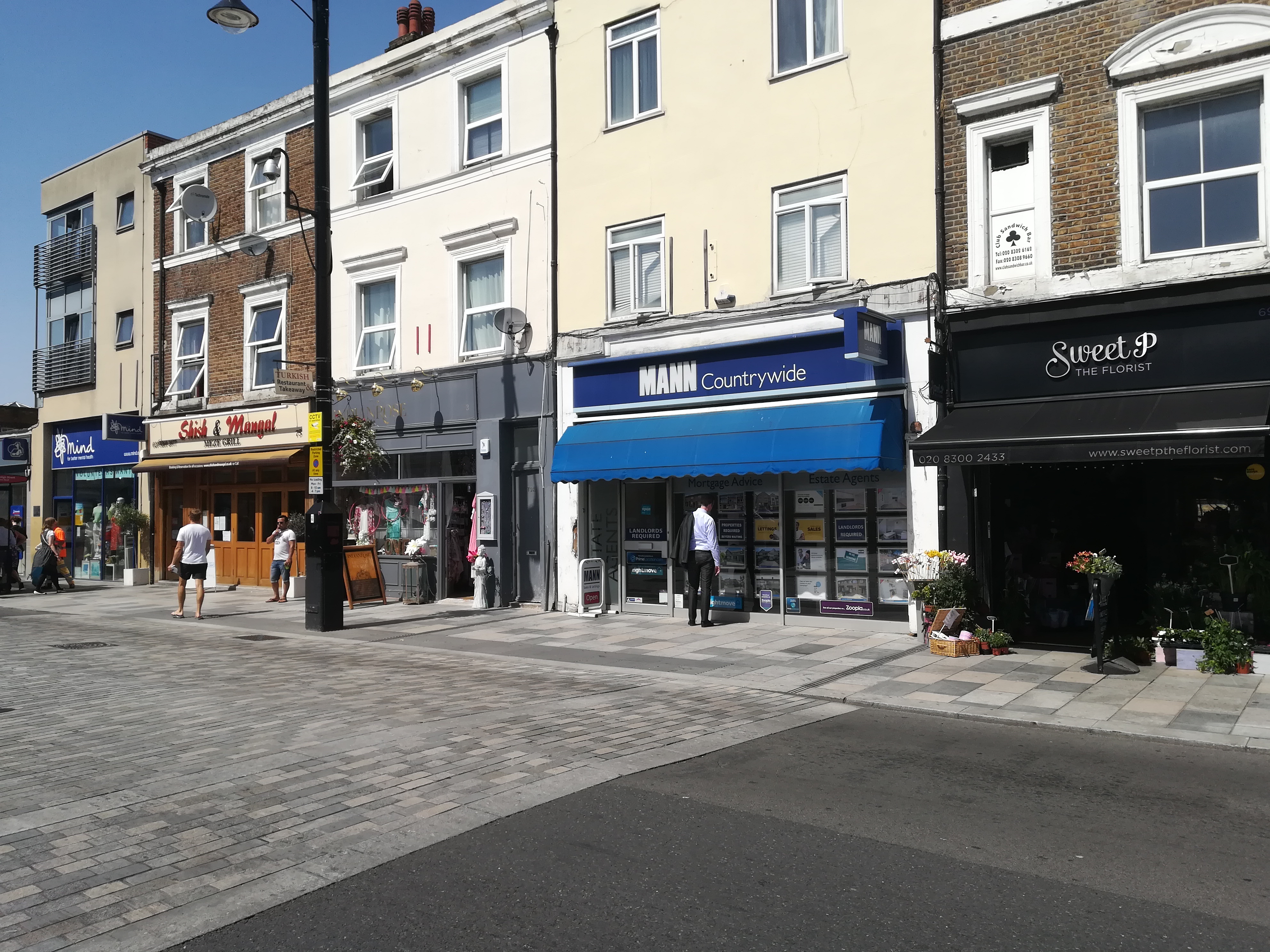
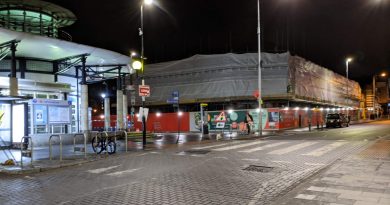

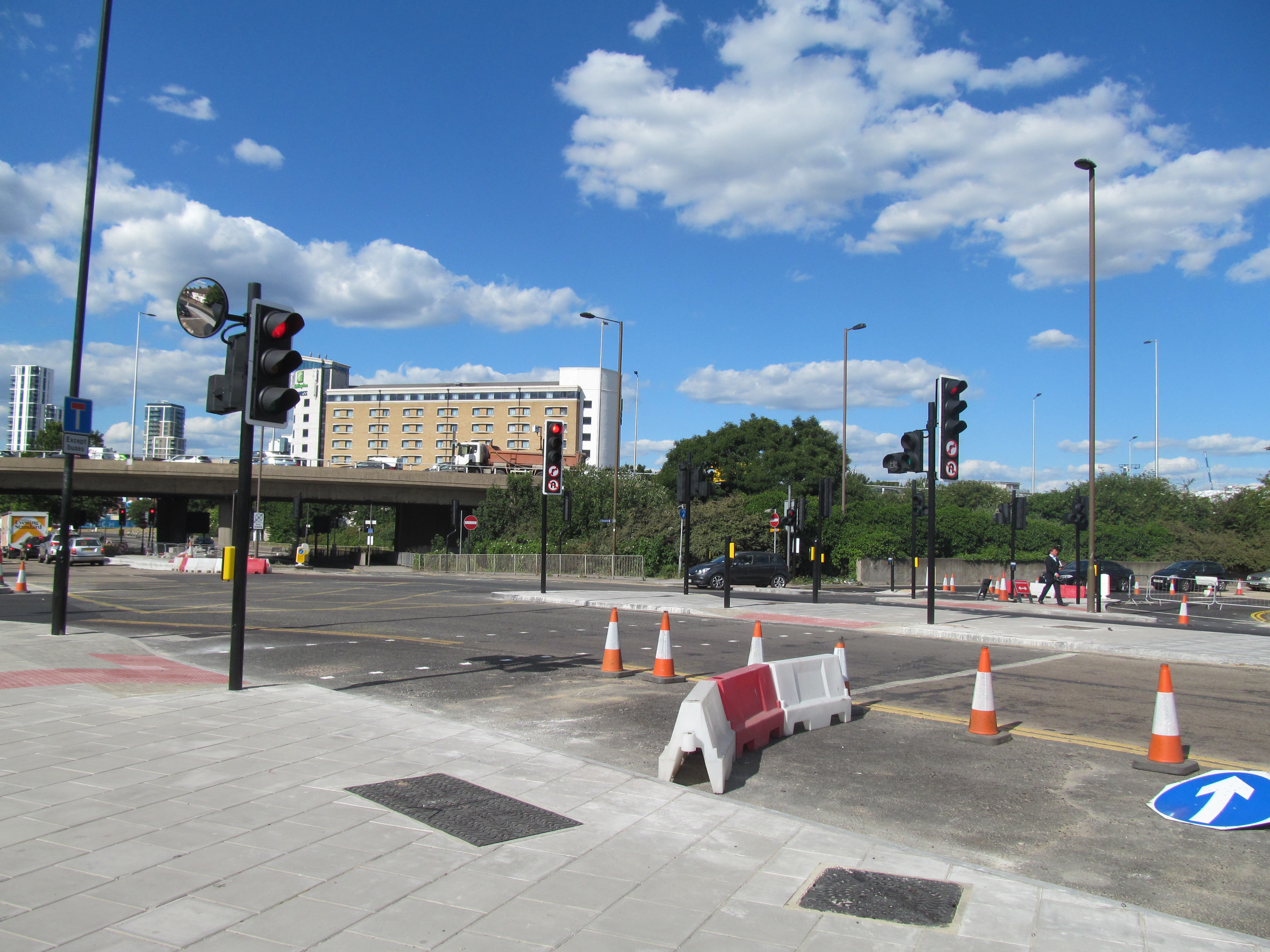
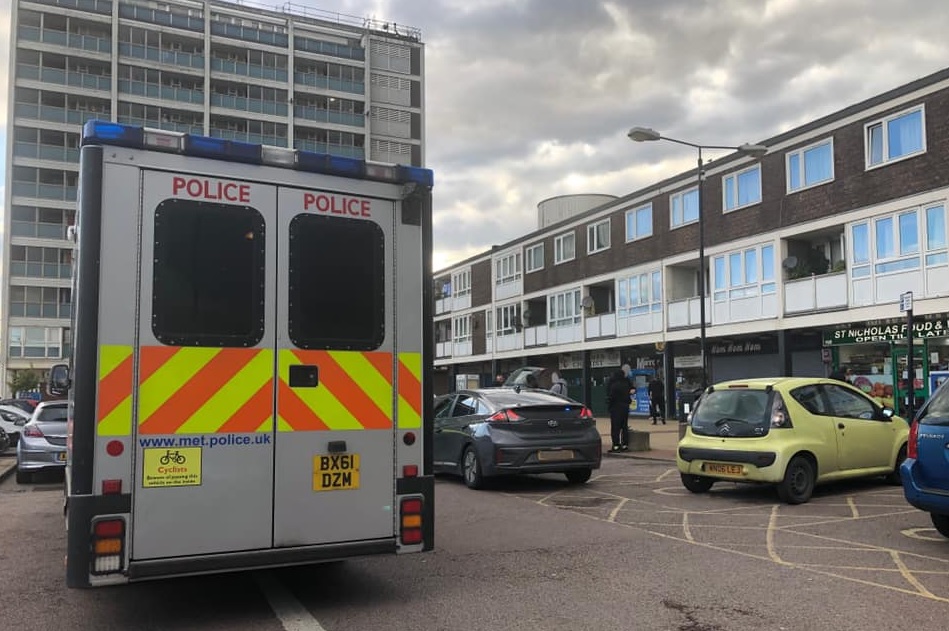
The obvious answer is land banking of various kinds, the less obvious is the lack of effective demand because the industry and/or the government do not do enough to create more effective demand through social or political intervention.
There is of course a protracted kickback from the building industry against what they see as the myth of land banking, which they would say is simply not putting all your eggs in the one basket because of the delays that large projects often experience and the need to have a steady supply for the market. Yet in numerous cases highlighted here, that cannot be an answer, because the projects have been approved but have not progressed for various reasons. My cynical side tells me that developers simply try to generate enough annual and cyclical profit to please shareholders, rather than respond to broader social needs.
If we had a concept of legal entitlement to housing, then governments would be expected to proactively intervene in creating either more housing themselves (with or without the partnership of developers) or creating more effective demand through subsidies and other support. This won’t mean that everyone who needs a stable home would get one, because as with other forms of public provision (such as health care) there are always gaps between policy and and outcome. This would however put housing on the agenda as a basic social need or human right which isn’t just a matter of consumer choice and taste – at the moment, the lack of affordability and flexibility simply isn’t seen as a structural problem.
The irony is that the government was able to borrow loads of money to bail out the banks and the country during the financial crisis, and is doing so again due to Covid 19, but wouldn’t do the same over the past 30 years to create effective demand through political intervention.
The developers make around 60 grand per new flat (I know you’ve covered this in the past, I think that figure is about right), why risk that by actually building enough to meet demand?
I can’t believe the conservatives are saying it’s all the fault of local authorities (well, I can, but that’s different story)!
One factor may have been George Osbourne hugely increasing housing stamp duty to help balance the books – thereby killing the golden goose so that since then those that can mainly an build extension to avoid the pernicious tax.
Things are going to change. I work for a large company. I am not sure we’ll ever go back. We will work from home. Maybe meet up every so often. I can move out to get more for my money without the daily commute. I don’t want to be stuck in a flat now I spend most of my life at home.
So if this continues – what is built will have to change to cater for the fact that you are in the property all the time. Also some areas will drop in value – others will go up. Hopefully this will re-invigorate the high-street at the cost of central places.
I’d be sitting on my money if I was a developer in central London.
Supply and demand = profits <- developers won't flood the market and see the latter fall. Various gov. initiatives since the 2007 downturn in terms of the housing market have been linked to reducing developers costs or subsidising their profits directly.
What was needed in these large developments was greater public / private partnership. Investments by Gov. to unlock sites and deliver greater levels of affordable housing – which would then allow private developers to feed their stock into the market.
The other thing with these sites is they required demand that was driven by internal and external migration in London's case. That's been weekend over the years by brexit etc and will only weaken further if current circumstances continue.
Most of these developments are u viable due to construction cost and affordable requirements etc. On top of this, if there is a large component of shared ownership, these can’t be sold because help to buy has taken their place. But the council will not budge on the affordable package. I think Mast Quay is under construction. I’m not sure Kidbrooke comments are fair. The rate of development is great. But the wider point is correct. The level of uptake is low. Too add to all this, the rate of sale for private flats is poor too. Less than 3 per month. Banks know this. It makes all the consents, which have been squeezed financially with CIL and affordable basically unviable. If the Council was building these out, it would face the same problems. But it would learn that it’s own policies are the problem. Developers have no choice but to pay the CIL and meet the affordable requirement. They are price takers on construction cost. The result of all this additional cost means that a new one bed flat is around 400k. But developers can’t force people to buy the flats or force banks to lend. The interest on a typical development is very high. We need to start making flats cheaper to build as this system doesn’t work at all. I am a property developer and chartered town planner.
Scott,
I have worked in real estate financing with Social housing associations and know the average total cost of building a unit accross the UK is around the 100k mark.
Of course costs are higher in London, but nowwhere near 400k!
Flats are not being sold or rented out as they are simply unaffordable for anyone on a normal income.
Prices of houses will only go down when more will be built, but obviously this is not in the interest of the developers as it will hurt their margins.
Best things which could be done, as Murky has said many times, is to make sure houses are built by local councils again which don’t need to make a profit. The government can set their target which should be focussed on X number of units to be built.
Indeed. Market value should not be confused or conflated with build cost. I paid £340,00 for my flat in Lee, but the reinstatement cost is only £115,000. The viability argument is simply a myth.
Viability cost isn’t a myth – although I will say that it is abused by developers.
Build cost alone isn’t representative of cost and other factors have to be taken into account. £100k won’t be the average build cost for a dwelling. It’s probably closer to £150k and depending on size of property, quality of finishes etc will be even higher.
Council policies aren’t the issue when it comes to viability and delivery of homes – without those policies the cost of homes wouldn’t be any cheaper. CIL/S106 only seeks to put in place infrastructure and services needed by residents of the new development and what is clear is that CIL/S106 never cover the actual costs associated with the development.
House price inflation since the nineties isn’t predominantly due to Local Plans / National Policy, but due to lack of supply. Lack of supply has more to do with maintaining values and profits, than anything else. Which is why, to meet wider demand you actually need non-market products i.e. affordable homes. But the last 10 years of affordable housing delivery, has been less to do with delivering affordable homes but more to do with assisting developers and upper classes… that’s just the reality of the situation.
Agree with the other comments on here. Also, there are a lot of unsold flats still available across East London (look at pontoon dock for example) and given the economic environment I wouldn’t expect that to change anytime soon; so if I were a developer I’d be looking for sales to pick up again before committing to build more.
However as John said, that may never happen. Central London (let’s say, zones 1-4) has much less appeal given more working from home. I’m looking to move further out myself.
We could do better, but there just isn’t the political will. After all if everyone had a decent home in which to live at a reasonable cost, where would ‘big developer’ make its money?
It is disgusting that the quality of housing and where you live depends on (a) being lucky, or (b) wealthy. I count myself lucky in that I am older and have benefited from rising house prices over the 30 plus years since I bought my first home. I am now retired and mortgage free.
A part of the problem particularly with the Royal Borough of Greenwich isthey have sold off land owned by them to Private developers rather than build afford social housing on the sites.
Riverside House in Woolwich is one example where affordable social housing could have been built rather than selling the building to a private developer.
However,that said some new council homes have now been built with tenants moving in with some more planned around the Borough.
But this is on a very small scale and no where near the numbers of affordable social housing that is required in the Borough to meet the demands of the ever growing housing list in Greenwich,